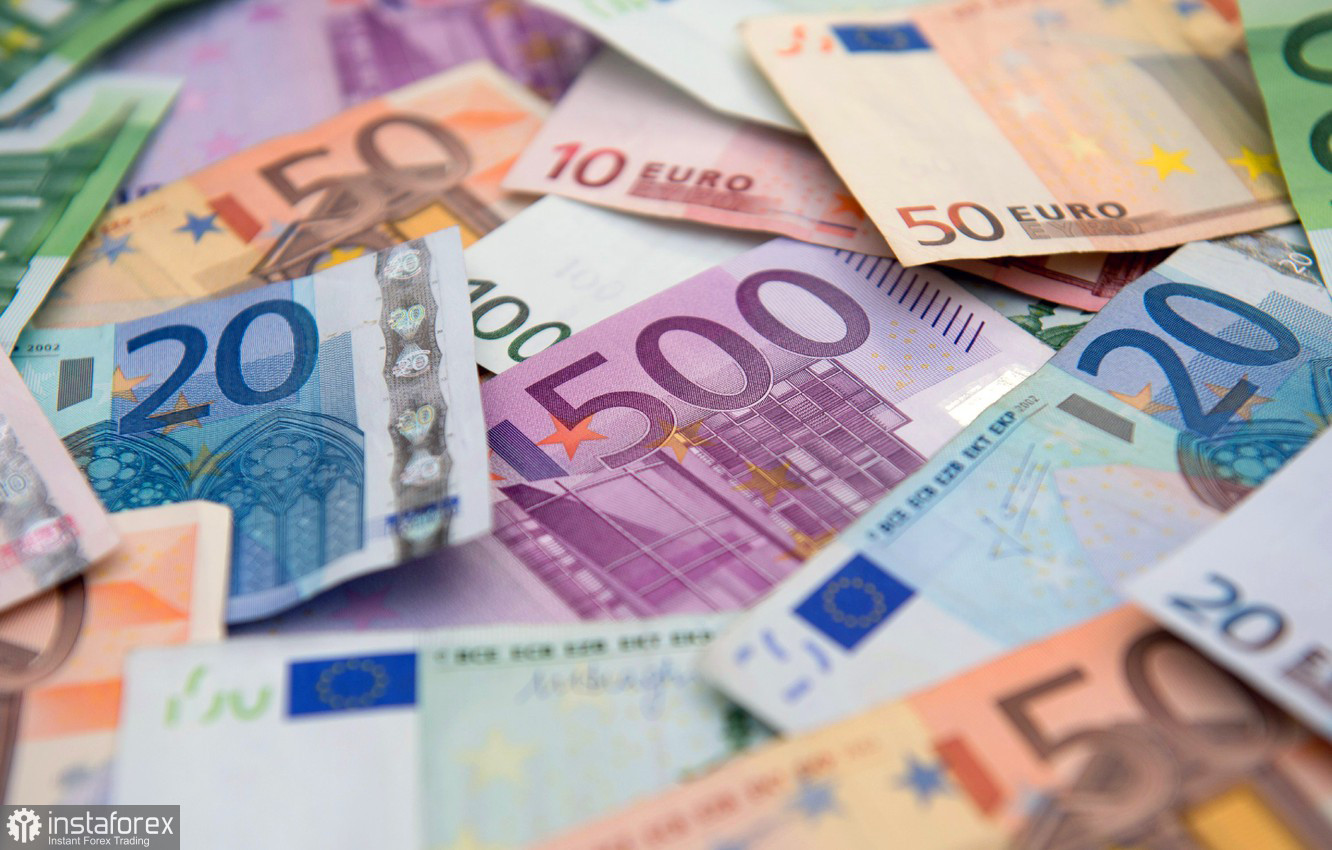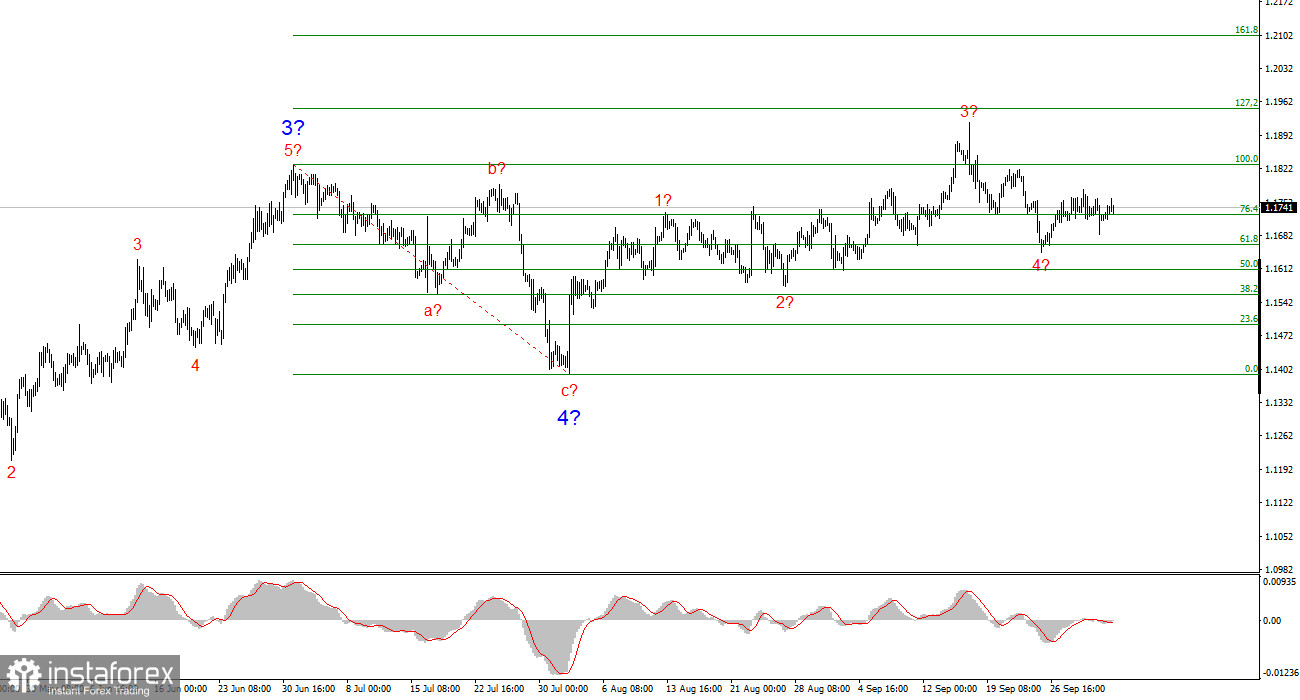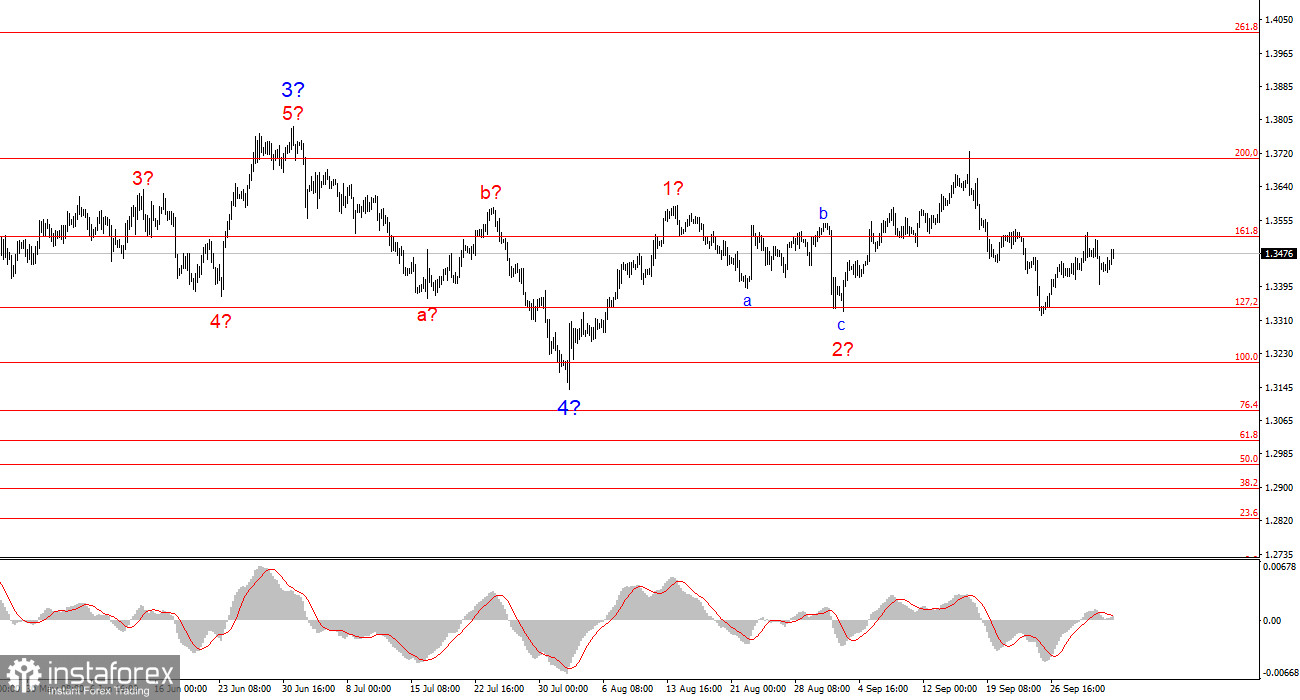
The dominance of the U.S. dollar is waning. Of course, the process of central banks moving away from holding dollar reserves and governments shifting away from using the dollar for international transactions is a long one—it may take years or even decades. But as the saying goes, the first step has been taken.
This week, it was revealed that the Swiss National Bank (SNB) made a historic pivot from the dollar to the euro. Instead of purchasing U.S. dollars, the SNB is now buying euros to stabilize the Swiss franc's exchange rate. It's important to note that both the SNB and Switzerland as a whole are considered strongholds of financial stability. While SNB policy doesn't carry the global weight of actions taken by the Federal Reserve, its decisions can still influence other central banks and potentially set a broader trend.
According to the latest report, in Q2, the Swiss central bank purchased over 5 billion Swiss francs' worth of foreign currencies. Notably, not all of it was allocated to the beloved and traditionally favored U.S. dollar. For the first time since 2020, the SNB's reserves in dollars fell below its holdings in euros: 37% in USD versus 39% in EUR. This sharp pivot is largely attributed to trade policy under Donald Trump.
In August of this year, Trump imposed 39% tariffs on all Swiss goods. It's reasonable to conclude that both political and economic motives drove the SNB's shift away from the dollar. Politically, Trump's actions have eroded trust in the dollar, making it less attractive as a reserve currency. Economically, SNB currency interventions aim to weaken the franc to make Swiss exports more competitive abroad.

In other words, the SNB likely considers the franc to be overvalued. With Trump's tariffs in play, Swiss exports to the U.S. could grind to a halt completely. Switzerland remains one of the richest and most financially stable countries in the world. Even without Trump's tariffs, Swiss goods are expensive. But with tariffs—combined with a strong franc—they are pricing themselves out of global markets. Thus, the SNB is doing everything in its power to slow down the decline of Swiss exports to the United States.
But Donald Trump isn't sitting idle either. He has repeatedly stated that the dollar is too strong and that he's working to weaken it to boost American exports. Technically, currency interventions designed to influence trade are prohibited. If a central bank acts to manipulate its currency's value for trade advantages, other countries may retaliate with similar interventions or impose sanctions.
Wave Structure for EUR/USD:
Based on the analysis, EUR/USD continues to build a bullish trend segment. Wave structure still heavily depends on news flow, Trump's decisions, and geopolitical dynamics within the White House. The current trend phase may extend all the way to the 1.2500 level. At present, a corrective wave 4 appears to be forming—or already completed. The bullish wave structure remains valid, and therefore, I am looking only for buying opportunities in the near term. By year-end, I expect EUR/USD to reach 1.2245, which corresponds to the 200.0% Fibonacci.
Wave Structure for GBP/USD:
The wave pattern for GBP/USD has evolved. We are still within an impulsive upward segment, but its internal structure has become unreadable. If wave 4 turns out to be a complex, three-wave formation, it will balance the structure—but it may also be significantly larger and longer than wave 2. In my opinion, the best reference level is 1.3341, which aligns with the 127.2% Fibonacci. Two failed breakouts of this level indicated that the market was poised for new buying opportunities. Price targets are still above the 1.3800 level.
Core Principles of My Analysis:
- Wave structures should be simple and clear. Complex structures are hard to trade and are often subject to change.
- If there is no confidence in market direction, it's better to stay out altogether.
- You can never be 100% sure of directional moves. Don't forget to use stop-loss orders.
- Wave analysis can be (and should be) combined with other types of analysis and trading strategies.
 English
English 
 Русский
Русский Bahasa Indonesia
Bahasa Indonesia Bahasa Malay
Bahasa Malay ไทย
ไทย Español
Español Deutsch
Deutsch Български
Български Français
Français Tiếng Việt
Tiếng Việt 中文
中文 বাংলা
বাংলা हिन्दी
हिन्दी Čeština
Čeština Українська
Українська Română
Română


